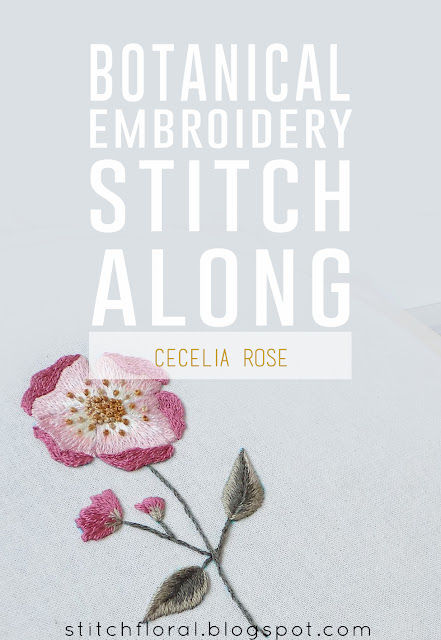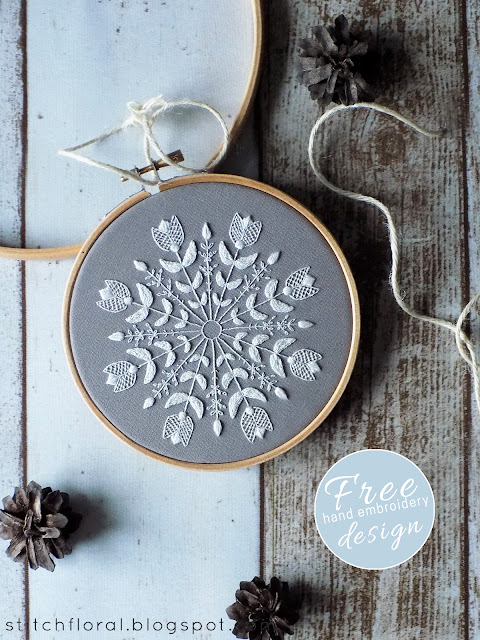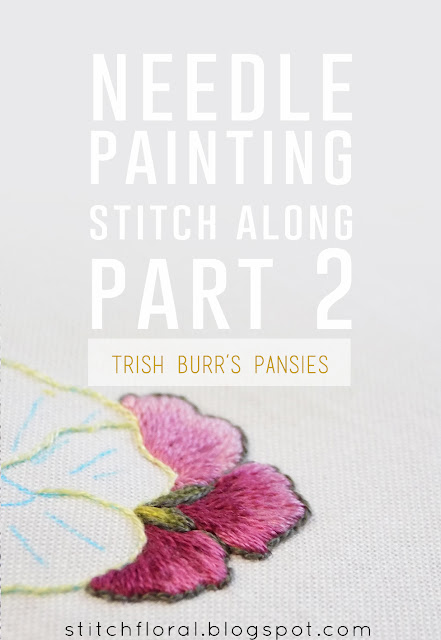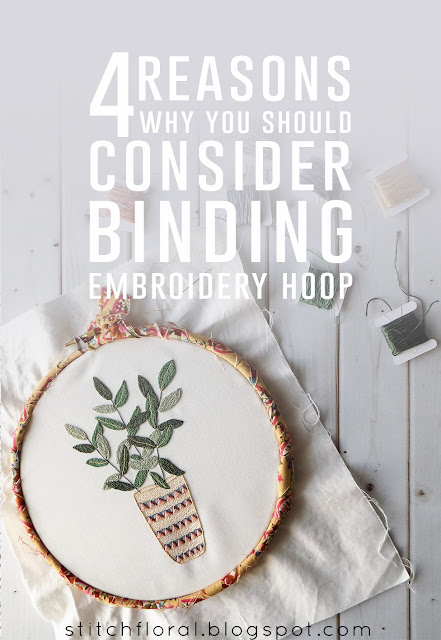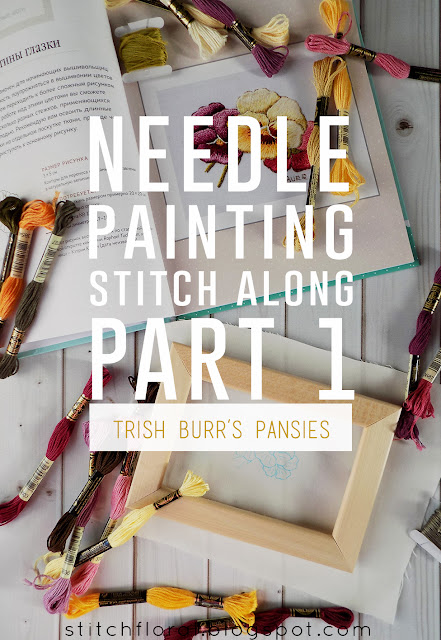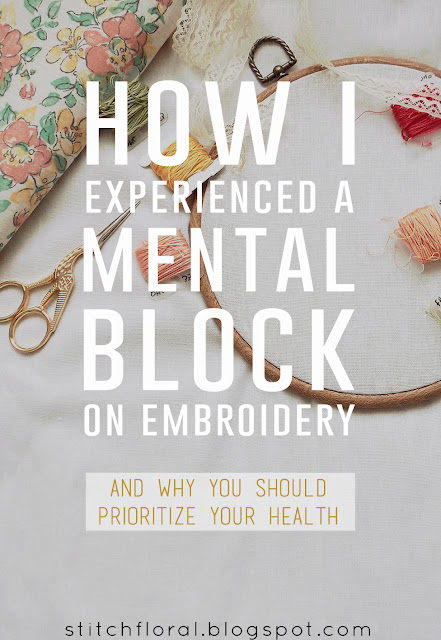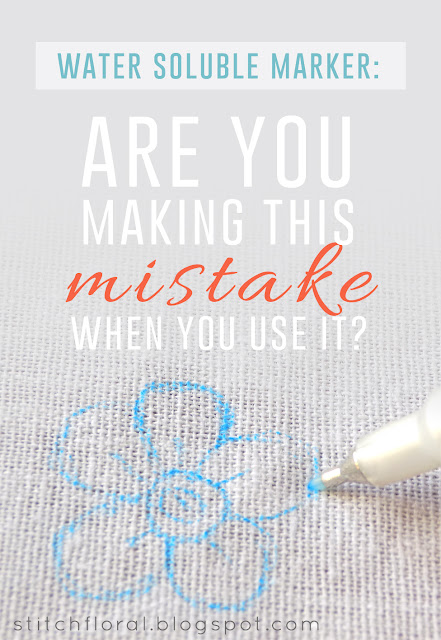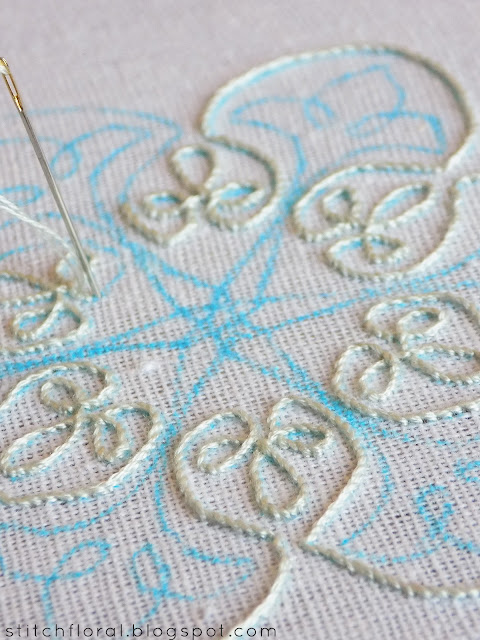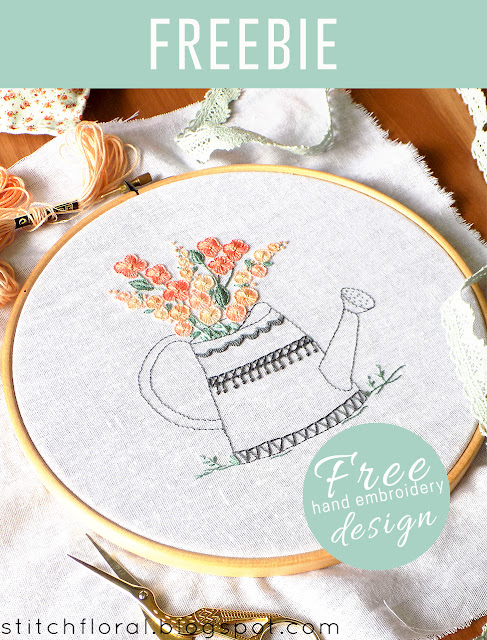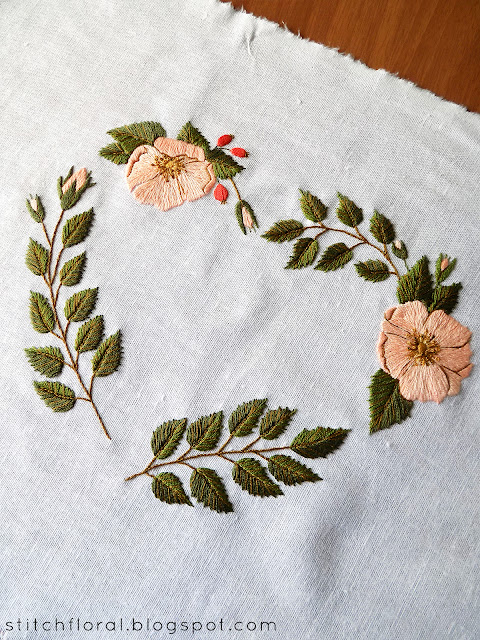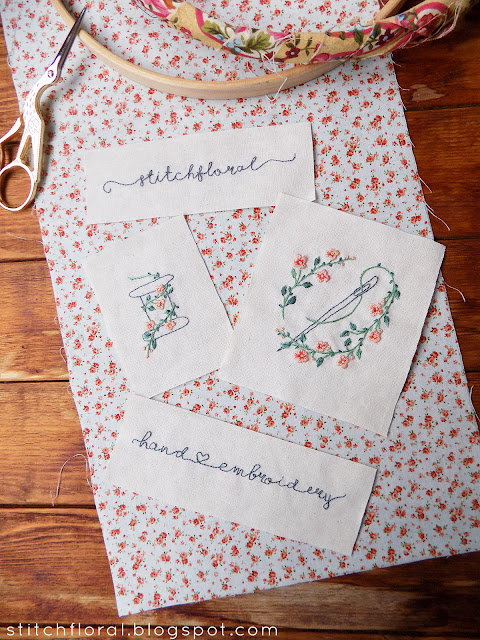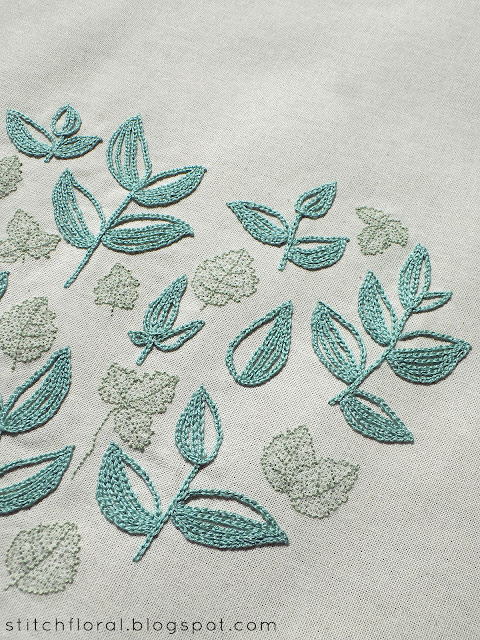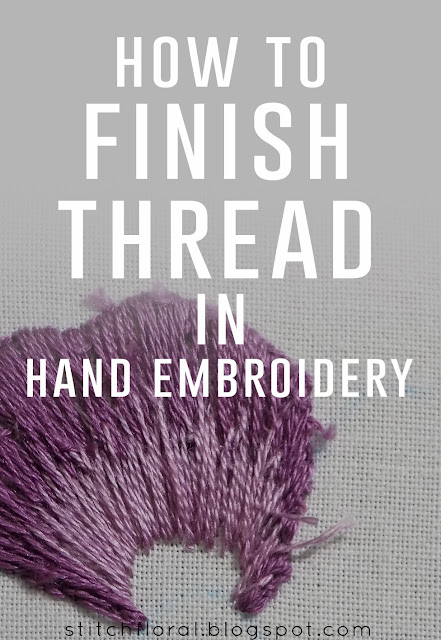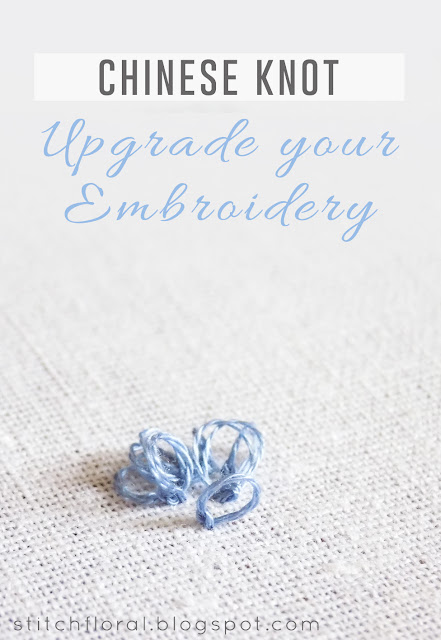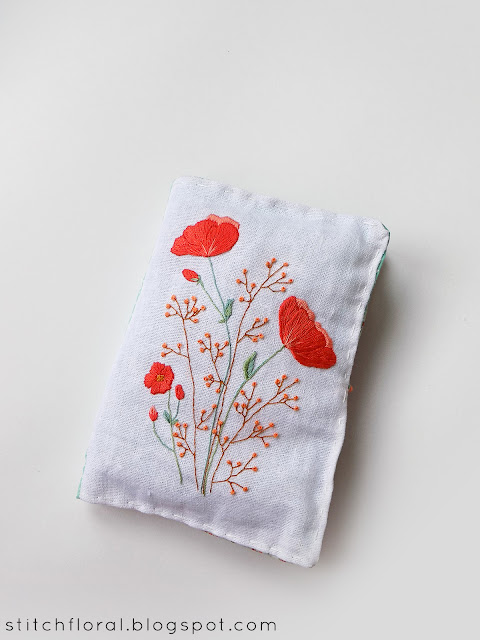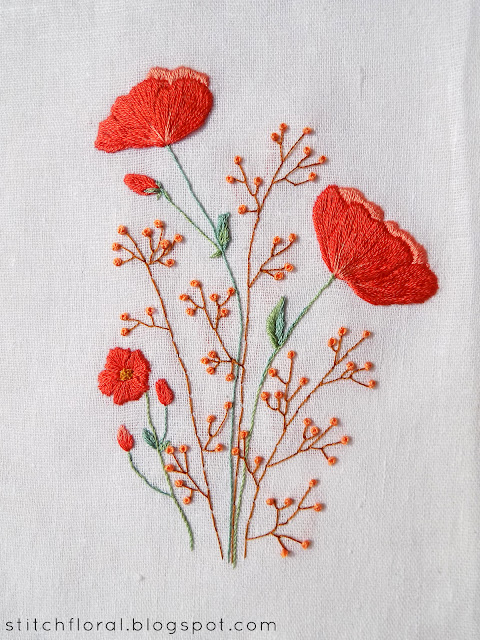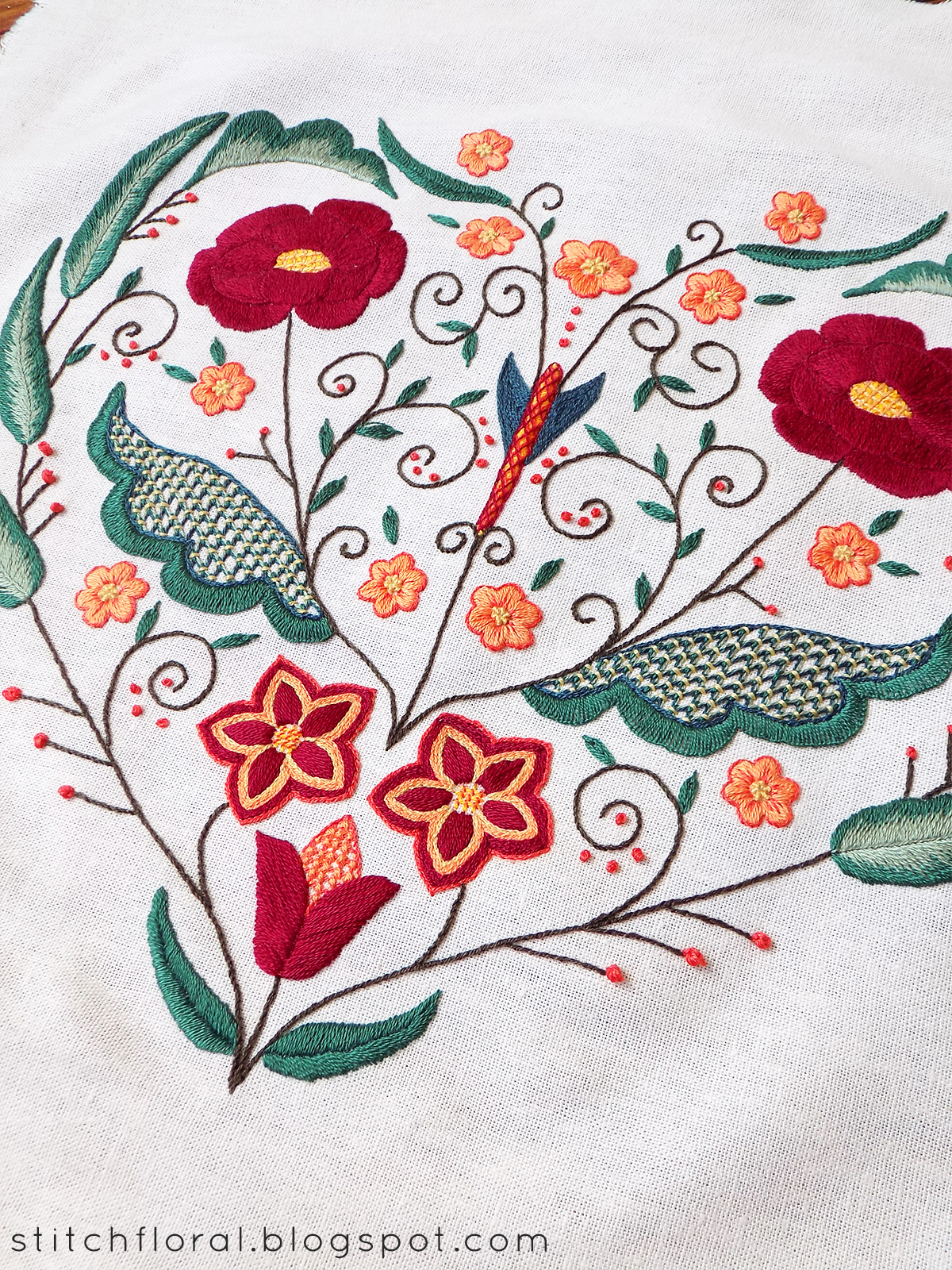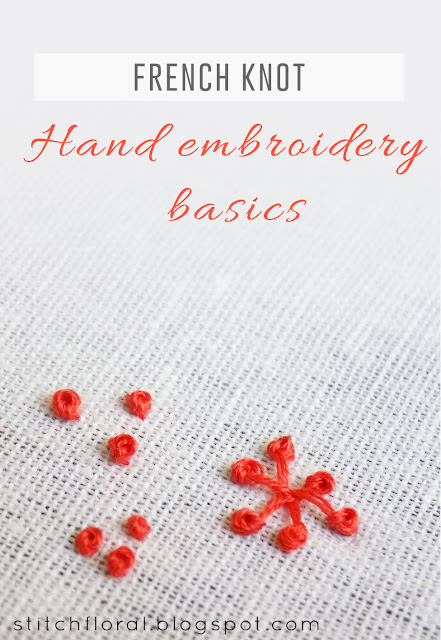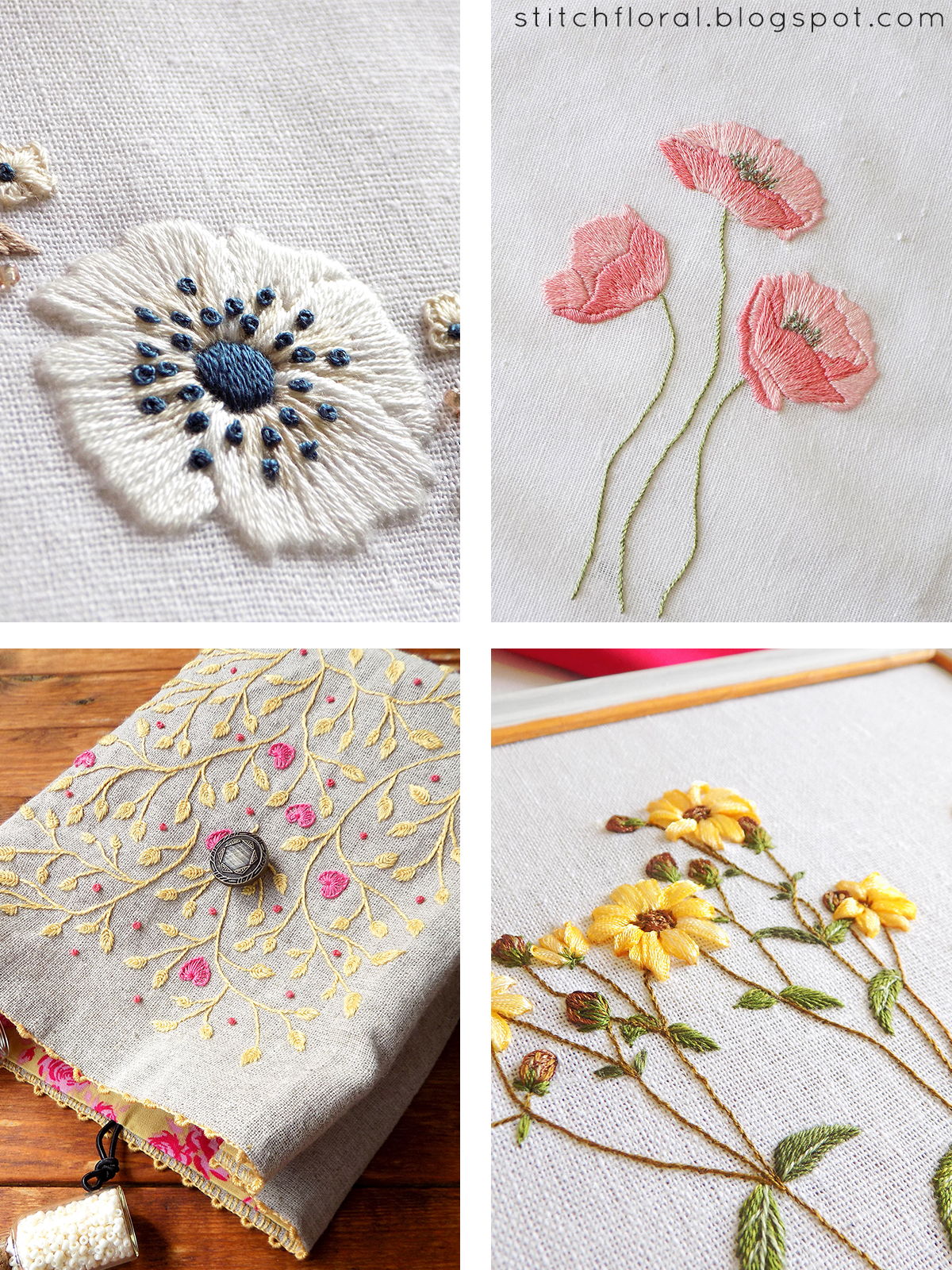In my honest opinion, books are one of the best ways to invest in yourself, your skill and knowledge. When anyone asks me what would I like to get as a present, a book is one of my first choices. And as a hand embroidery lover, I can't overrate the worth and value of books with good instructions and inspiring designs. So, if the budget allows, I would definitely recommend spending some cash on creating a good embroidery library.
However, there are times for all of us when we're short on money. While saving our pennies, we drool over those colorful stitchery books with vast varieties of fun projects and sigh, dreaming about the day we make the purchase and dive into the pages of this beauty... (I am not the only book-addict, right?)
Well, there is a way to treat yourself with embroidery books absolutely for FREE!
